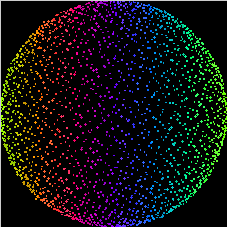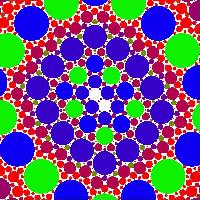 (See Ander's web page for
more pictures)
(See Ander's web page for
more pictures)

| Date | Speaker | Title: |
|---|---|---|
| 12/1 | Ian Putnam (UVic) | Homology theories for chaotic dynamics |
| 19/1 | Ian Putnam (UVic) | Homology theories for chaotic dynamics II |
| THURS 25/1 in Maclaurin D115 | Guangyue Han (UBC) | On Binary Symmetric Channels |
| 2/2 | Anthony Quas (UVic) | Global properties of piecewise isometries |
| 9/2 | No Seminar | |
| 16/2 | Alexander Holroyd (UBC) | Random Sorting Networks |
| 23/2 | No Seminar (Reading break) | |
| 2/3 | No Seminar | |
| 9/3 | Yevgeniy Kovchegov (Oregon State) | Mixing times via super-fast coupling |
| 16/3 | Chris Hoffman (Washington) | Phase transitions for topological properties of random two dimensional simplicial complexes |
| 23/3 | Jim Campbell (Memphis) | Ergodic Theorems and Helical Transforms |
| 30/3 | No Seminar |

 (See Ander's web page for
more pictures)
(See Ander's web page for
more pictures)
| Spring 2006 |
| Fall 2006 |